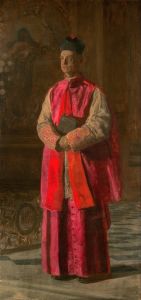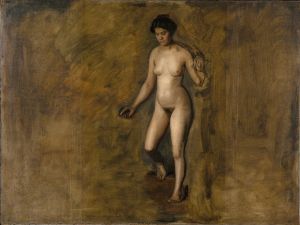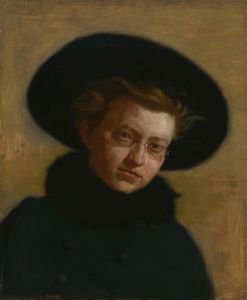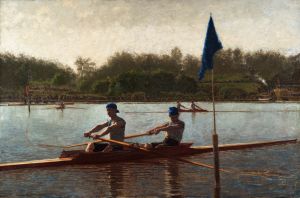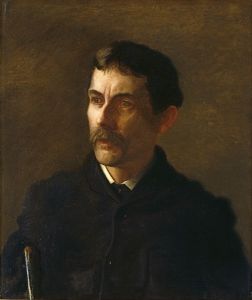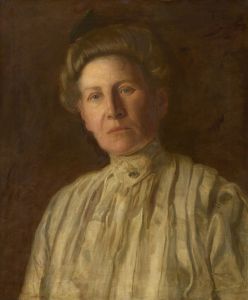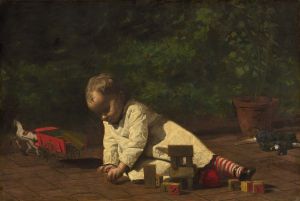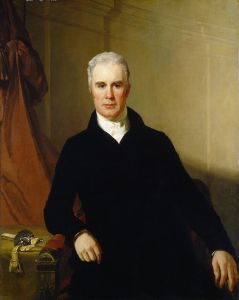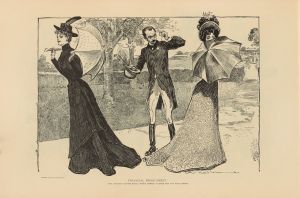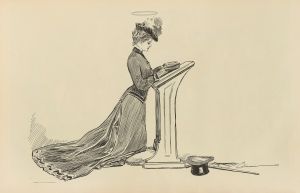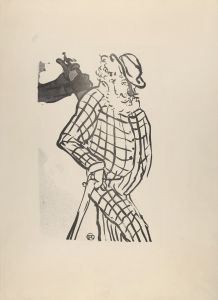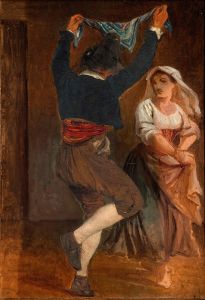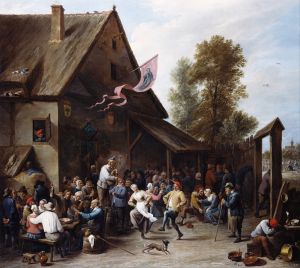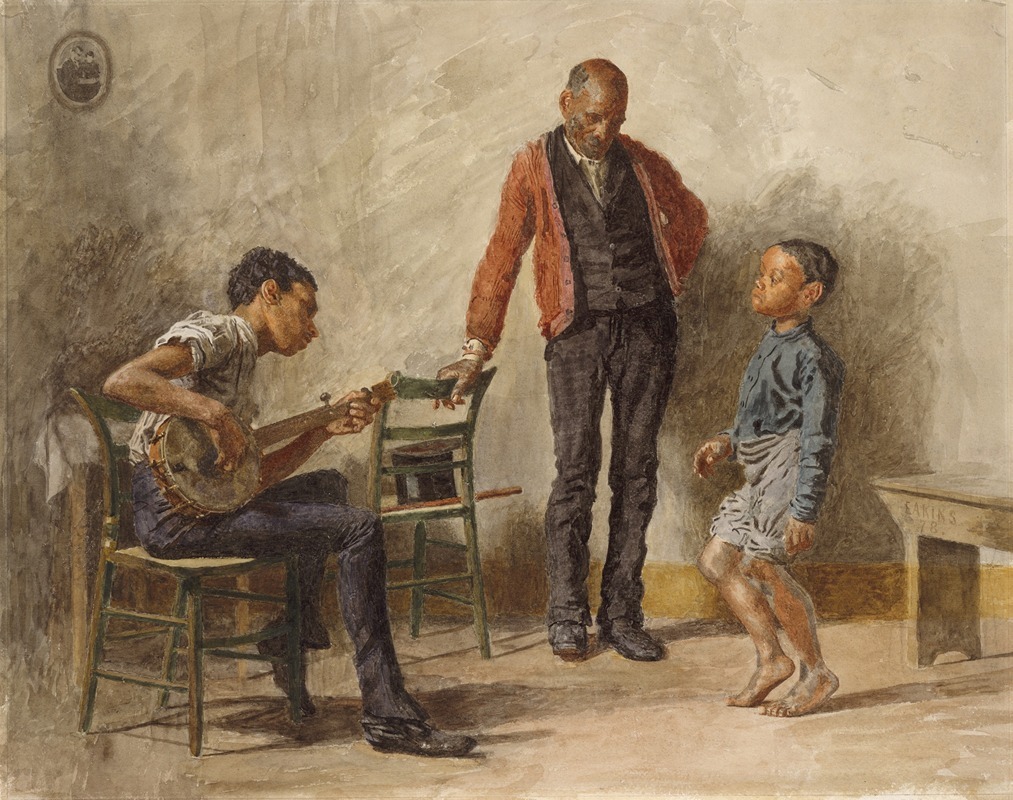
The Dancing Lesson
A hand-painted replica of Thomas Eakins’s masterpiece The Dancing Lesson, meticulously crafted by professional artists to capture the true essence of the original. Each piece is created with museum-quality canvas and rare mineral pigments, carefully painted by experienced artists with delicate brushstrokes and rich, layered colors to perfectly recreate the texture of the original artwork. Unlike machine-printed reproductions, this hand-painted version brings the painting to life, infused with the artist’s emotions and skill in every stroke. Whether for personal collection or home decoration, it instantly elevates the artistic atmosphere of any space.
"The Dancing Lesson" is a painting by the American artist Thomas Eakins, created in 1878. Eakins is renowned for his realistic portrayal of the human figure and his dedication to capturing the nuances of everyday life. This particular work exemplifies his interest in movement and the human form, as well as his commitment to depicting contemporary American life.
Thomas Eakins was born in Philadelphia in 1844 and spent much of his career there. He is often associated with the Realist movement, which emphasized the depiction of ordinary subjects with a high degree of accuracy and attention to detail. Eakins was particularly interested in the human body and often used photography to study movement and anatomy, which informed his painting techniques.
"The Dancing Lesson" reflects Eakins' fascination with the human figure in motion. The painting depicts a dance class, capturing a moment of instruction and practice. Eakins' attention to detail is evident in the careful rendering of the figures, their clothing, and the interior setting. The composition is structured to draw the viewer's eye to the interactions between the teacher and the students, highlighting the educational aspect of the scene.
Eakins' use of light and shadow in "The Dancing Lesson" adds depth and realism to the painting. The lighting is naturalistic, suggesting an indoor setting with light filtering through windows, which enhances the three-dimensionality of the figures. This technique is characteristic of Eakins' work, as he often employed chiaroscuro to create a sense of volume and space.
The painting is also notable for its depiction of gender roles and social interaction during the late 19th century. Dance lessons were a common social activity, particularly among the middle and upper classes, and Eakins captures this aspect of cultural life with sensitivity and precision. The figures are engaged in a shared activity, yet each is portrayed with individual character and expression, reflecting Eakins' skill in conveying personality and emotion.
Eakins' work, including "The Dancing Lesson," was not always well-received during his lifetime. His commitment to realism and his sometimes controversial subject matter, such as the depiction of nude figures, led to criticism and controversy. However, his contributions to American art have since been recognized, and he is now considered one of the most important American artists of the 19th century.
Today, "The Dancing Lesson" is appreciated for its technical skill and its insight into the social and cultural practices of Eakins' time. The painting is part of the collection at the Metropolitan Museum of Art in New York, where it continues to be studied and admired by art historians and the public alike. Through works like "The Dancing Lesson," Thomas Eakins has left a lasting legacy, offering a window into the past and a testament to the enduring power of art to capture the human experience.





